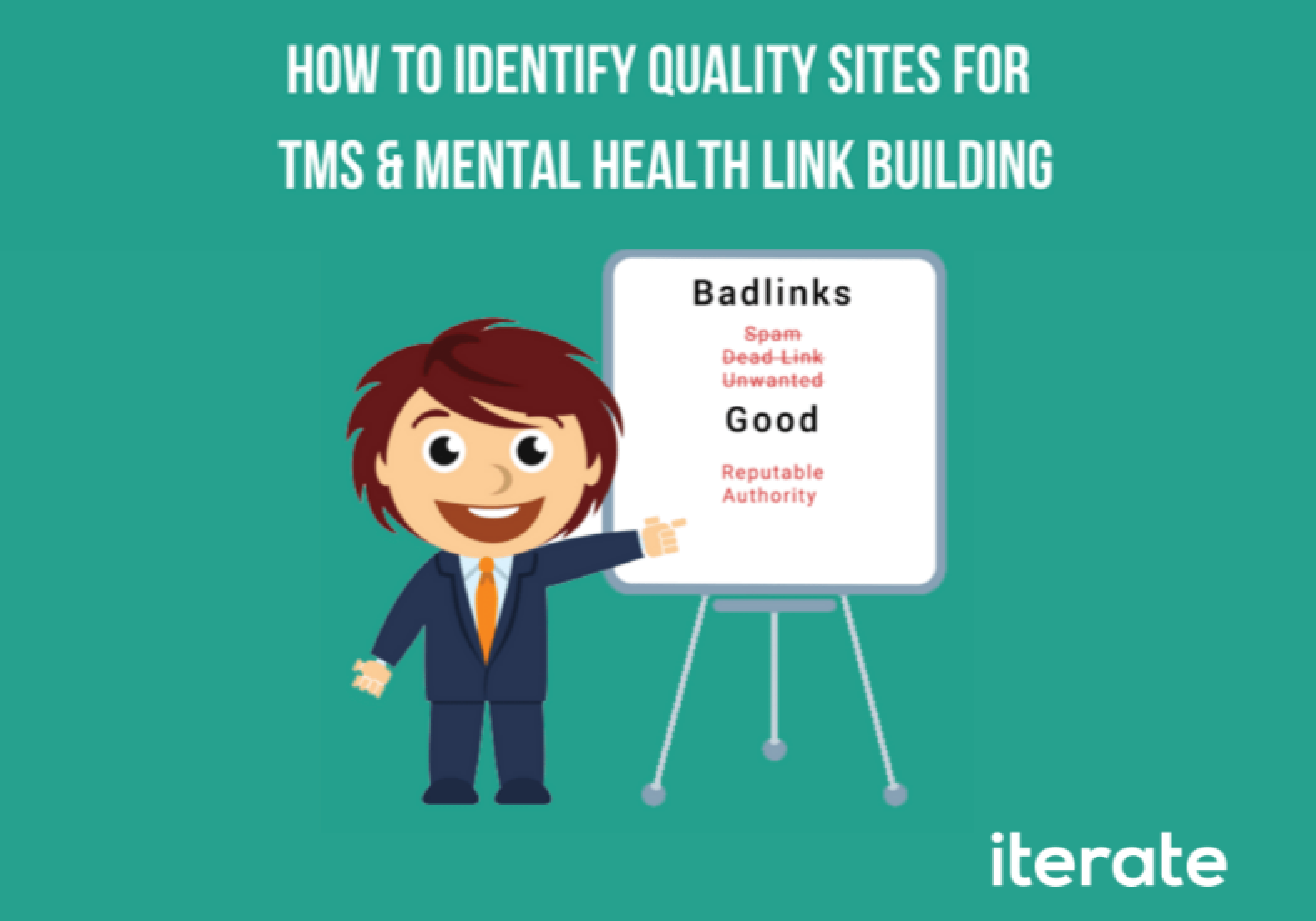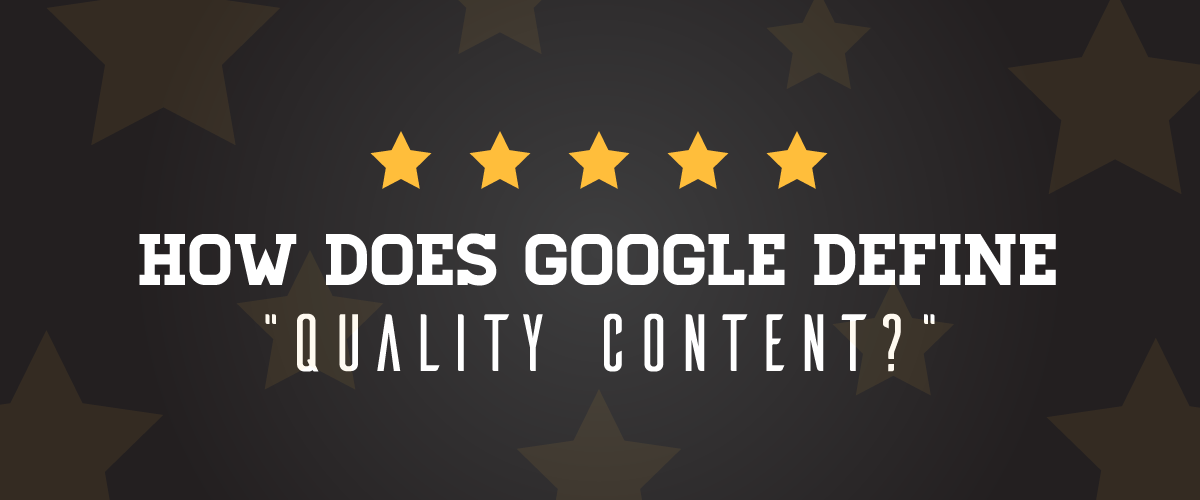When it comes to effective content marketing, the only rule is…
There Are No Rules!
There are a lot of content marketing “rules” out there. The echo chamber of digital marketing blogs across the internet has developed and amplified these so-called “best practices for success.” It seems now that there is always some well-referenced rule of thumb to follow, from how many words your headline should be to how often you should post on Twitter.
These rules aren’t necessarily a bad thing, but following them to the T leaves little room for new discoveries and insight. I propose a challenge to these well-worn precedents. I encourage you to unleash your inner rebel and start breaking some rules! After all, rules were meant to be broken. They’re more like guidelines anyway.
Here are five content marketing rules that deserve to be questioned and how you can kick the status quo:
Rule #1: Turn the SEO up to eleven.
Back in the day (which I believe was a Wednesday, by the way), the internet was like the wild west. All you had to do to rank well on Google was throw together content littered with keywords and BAM! You landed on the front page of Google.
Those days are long gone, but much of the mindset of the time remains. However, keyword stuffing and hyper-optimization are no longer viable strategies.
Is SEO important? Yes, absolutely. SEO helps your content get found and brings in more traffic. However, when you’re creating content, SEO should not be your #1 priority.
How to break the rule:
When you’re creating content for your company blog, focus on the reader and not the search engines. Start with asking clarifying questions:
– Who IS your reader? Who do you want to attract to your website?
– What does your reader want to know?
– How can you help them?
By approaching content creation from a reader-first mindset, not only will you produce content that the reader will enjoy and share, but the search engines will notice too.
Rule #2: Be active on every social media platform. Yes, all of them. Be everywhere!
Do you know how many social media channels there are on the internet? A metric helluva lot.
Wikipedia’s “not exhaustive” list currently has 209 social networking websites (just trust me, I counted), but that doesn’t include the list of defunct social channels or the numerous new social media platforms that are popping up everyday (Spotify meets Flickr with a twist of Tumblr, anyone?).
Even if you try to be more realistic and start with Social Media Today’s list of 21 most important social media sites in 2015, that’s still 21 different pulls on your attention and resources! Creating and maintaining a presence on too many social media channels is a recipe for disaster.
How to break the rule:
Focus on 2-3 social media channels that are the best fit for your particular business. Where do your customers hang out online? Where are the conversations taking place in your industry? Where are the influencers in your industry posting? By targeting your efforts on a limited number of platforms, not only will the quality of your channel be better, but the level of engagement you receive will be higher too.
Rule #3: Post to social media X times per day
It’s difficult to find the balance on social media between being present and being overwhelming. If you don’t post enough, you miss out on opportunities to connect and share. If you post too much, you risk annoying your followers and driving them away.
There’s a lot of great information online about how often you should post to social media. The general consensus according to Buffer is:
– 3+ posts per day on Twitter
– 2 posts per day maximum on Facebook
– 1 post per day on LinkedIn
– 5+ posts per day on Pinterest
– 3 posts per day maximum on Google+ (this is open to critique)
– 1.5 posts per day on average on Instagram
These are the “rules” of social media posting frequency. But by now you know better, right?
How to break the rule:
In content and social media marketing, one size does not fit all. What frequency and schedule works best for one business may not work best for another. The best approach is to start with a hypothesis, test it, and adjust your frequency as your unique data guides you. Does your engagement drop off after X many posts? Change the frequency and try again.
Rule #4: Your blog post should be X words long
Medium says the optimal post length is 7 minutes because it captures the most reading time on average. However, Medium also suggests that 3-minute posts tend to have the most views. Moz says their longer posts get more links. And Upworthy says post length seem to make no difference.
Well, what is it?!
Seth Godin, modern marketing genius, publishes short blog posts. Really short. His blog posts are often less than 100 words yet they are read and shared by thousands. But you’re not Seth Godin, are you? (Wait, are you? Hi Seth!)
How to break the rule:
As you can see, there is no real consensus on the optimal blog post length. However, data seems to show that longer posts are generally better for SEO, stronger keyword variation, link building, and social sharing. However, length isn’t everything. You also have to consider post frequency, headlines, formatting, and content. In short, say what you need to say in the amount of words in takes to say it. Don’t worry too much about post length.
Rule #5: Develop a content marketing plan and never deviate
Don’t get me wrong, developing a strategic and comprehensive content marketing plan is absolutely necessary. It helps to keep the content machine in motion and identify measurements of success. However, if your content plan isn’t working, change it! It wasn’t written in stone (if so, consider switching to Google Docs. Also, who are you?).
How to break the rule:
In marketing and in business, there is no shortage of moving parts. When customers, competitors, marketplaces, and entire digital landscapes change, your content marketing approach should change and adapt too. Try approaching customers in a different way or try new technology to build something awesome. Most importantly, never stop experimenting. There’s always something new to learn.
Start breaking some rules!
I hereby give you permission to go out there and start breaking some content marketing rules!
Can you think of any other content marketing rules you’d like to break? Let us know in the comments or shout us out on Facebook or Twitter.






